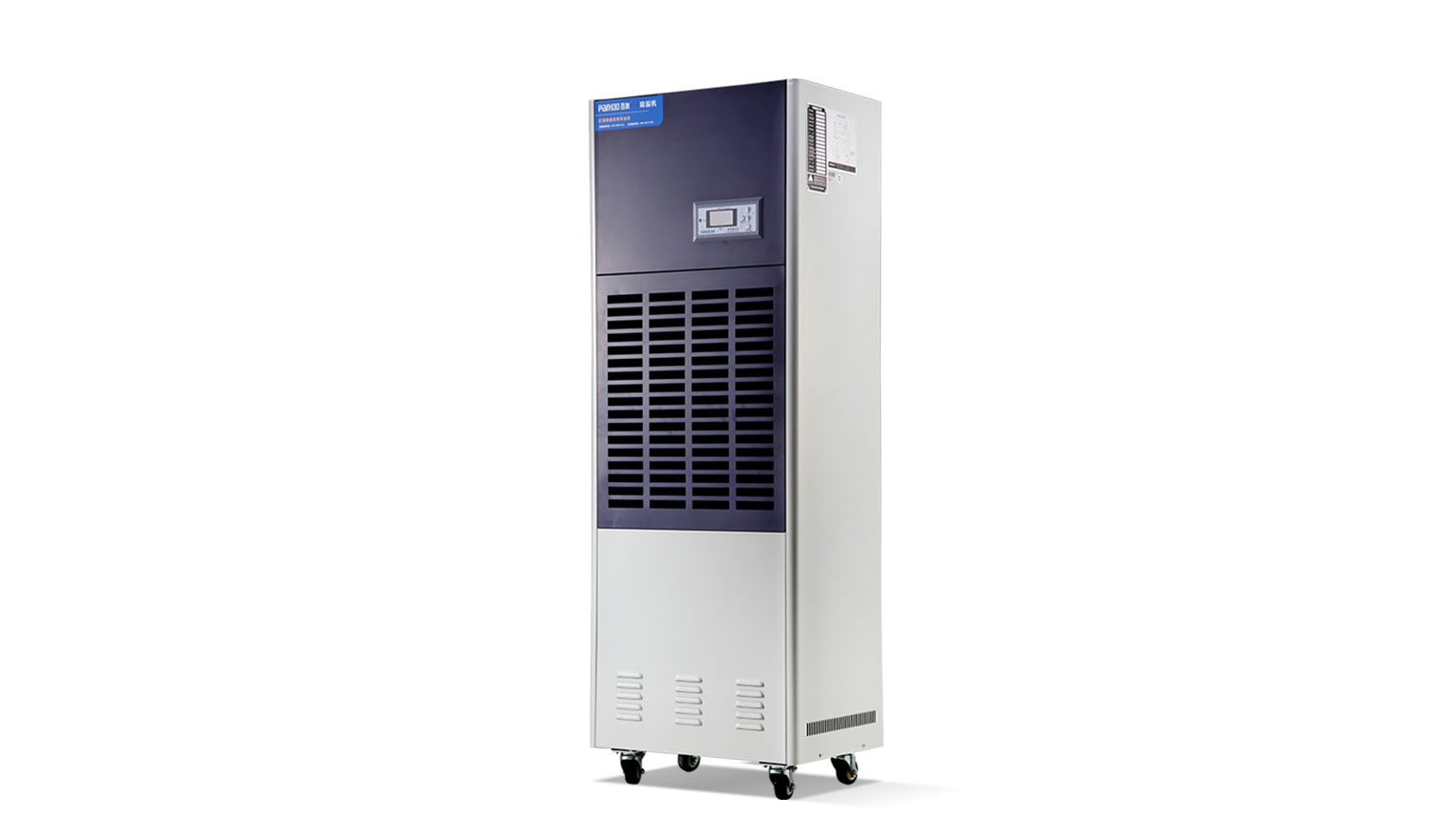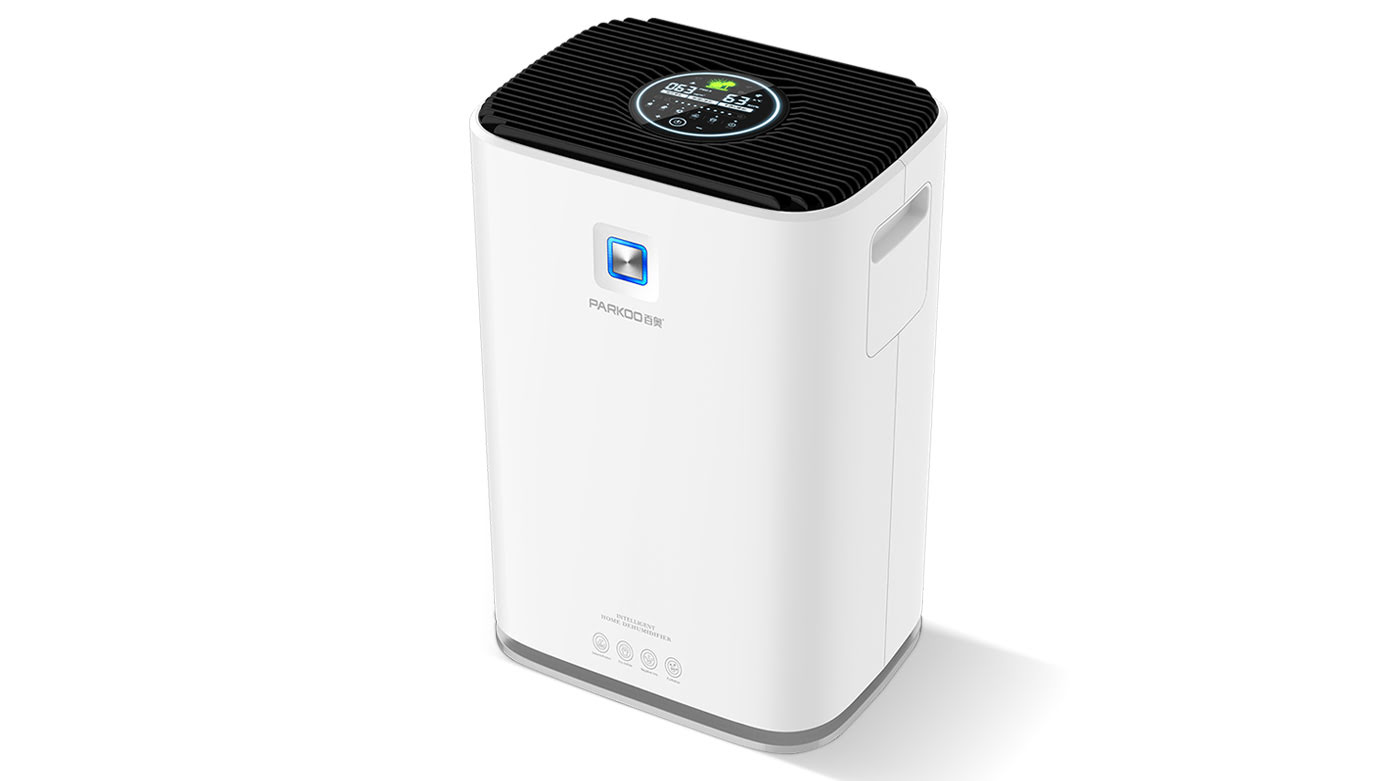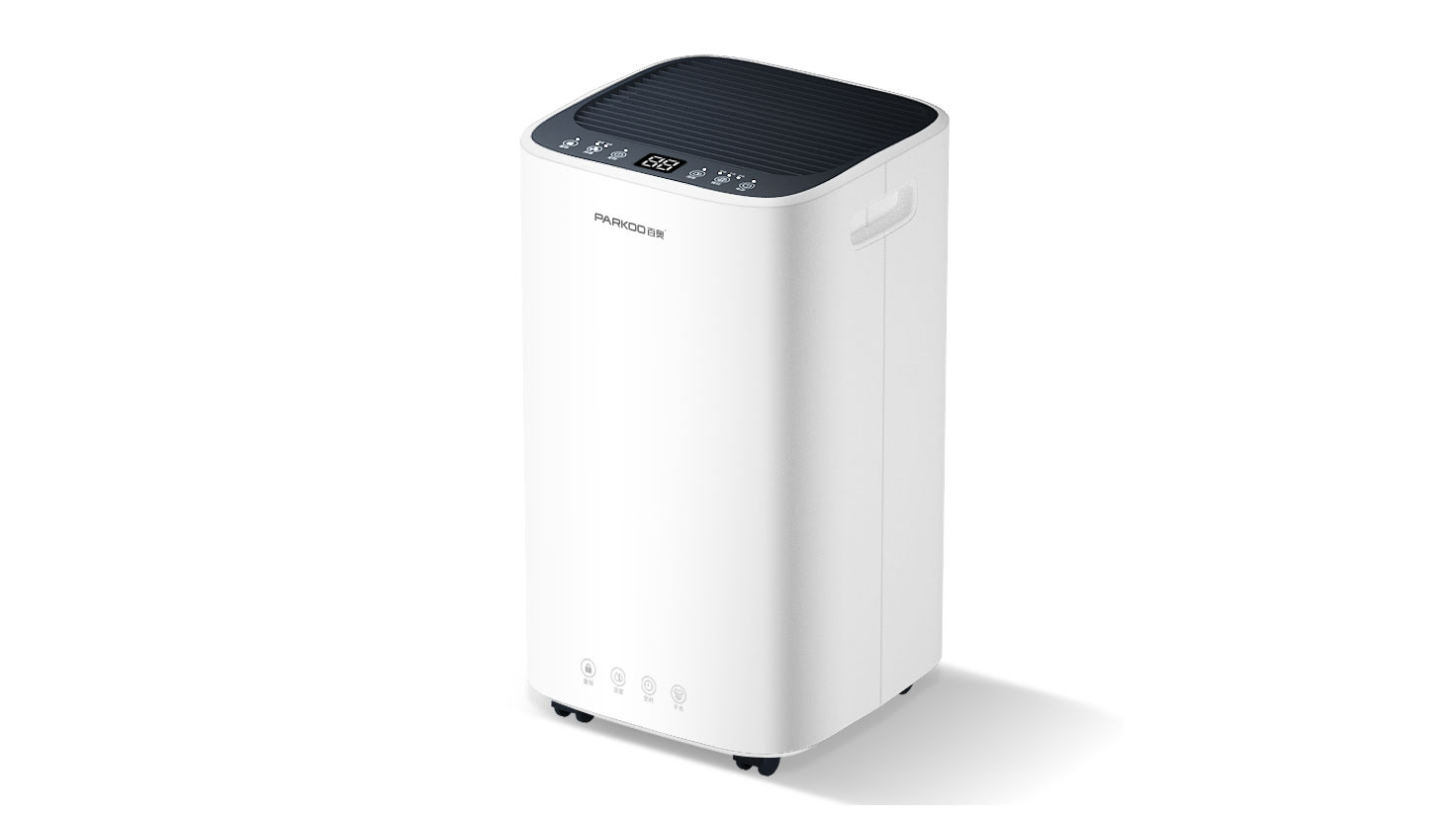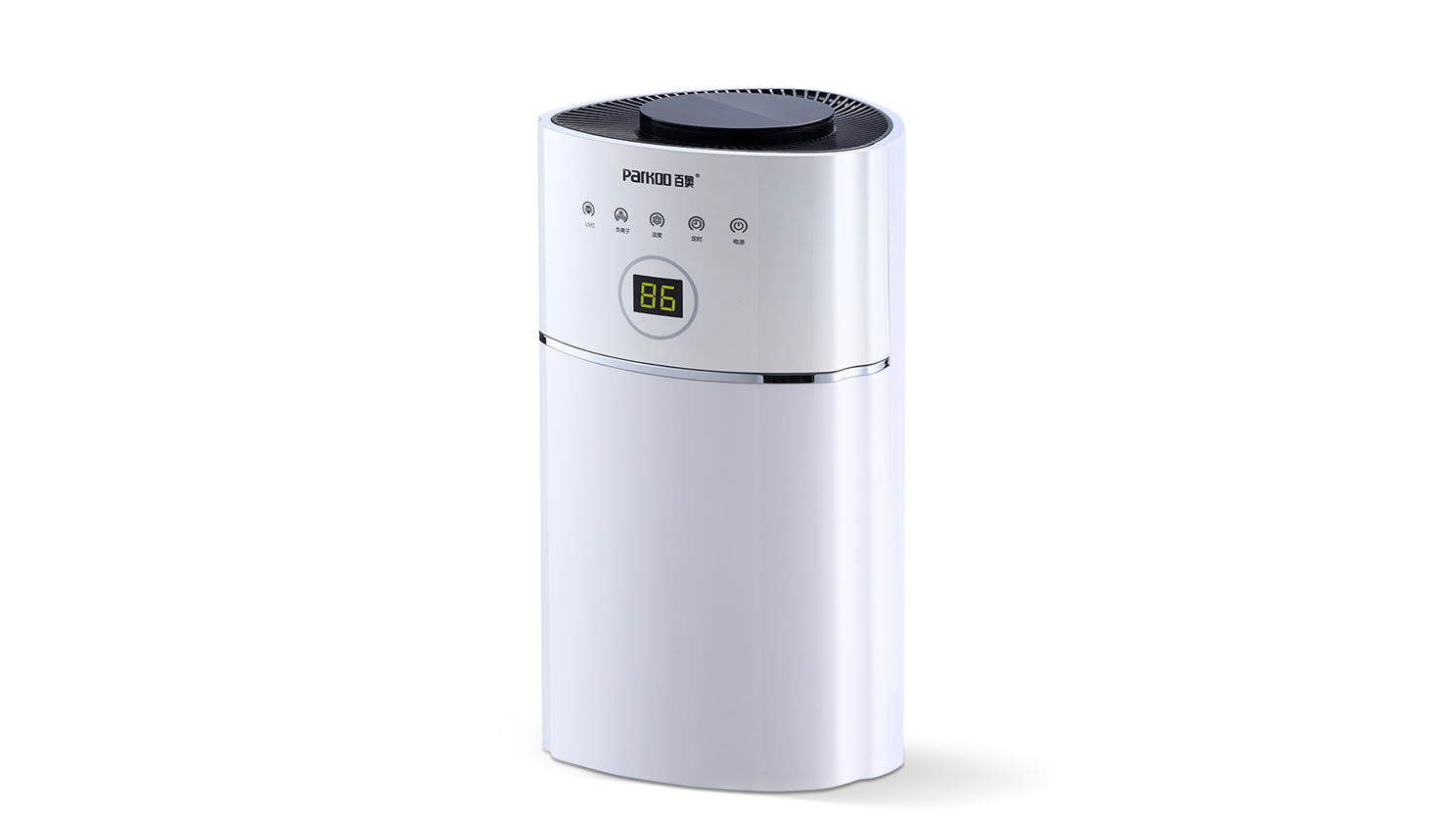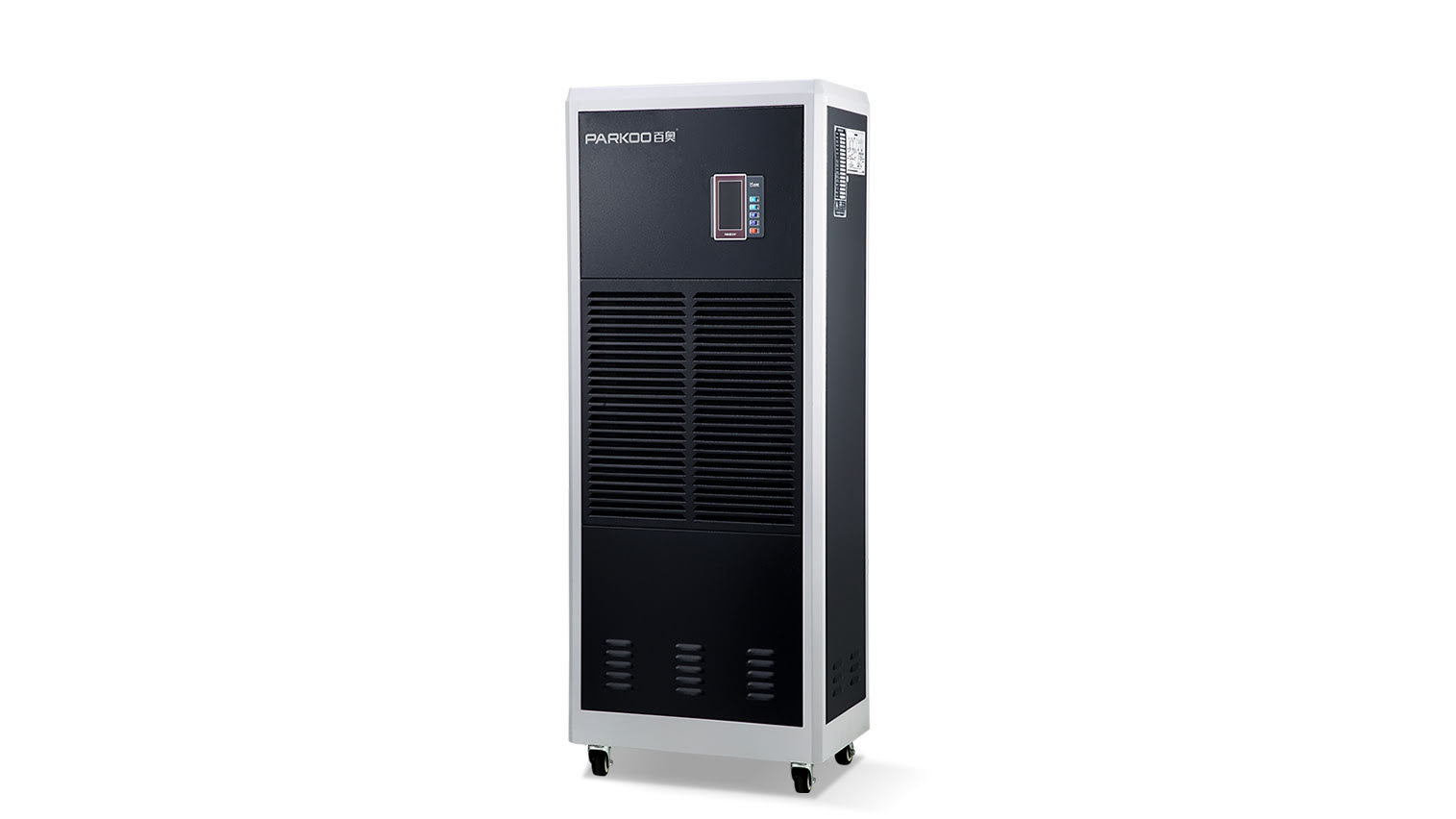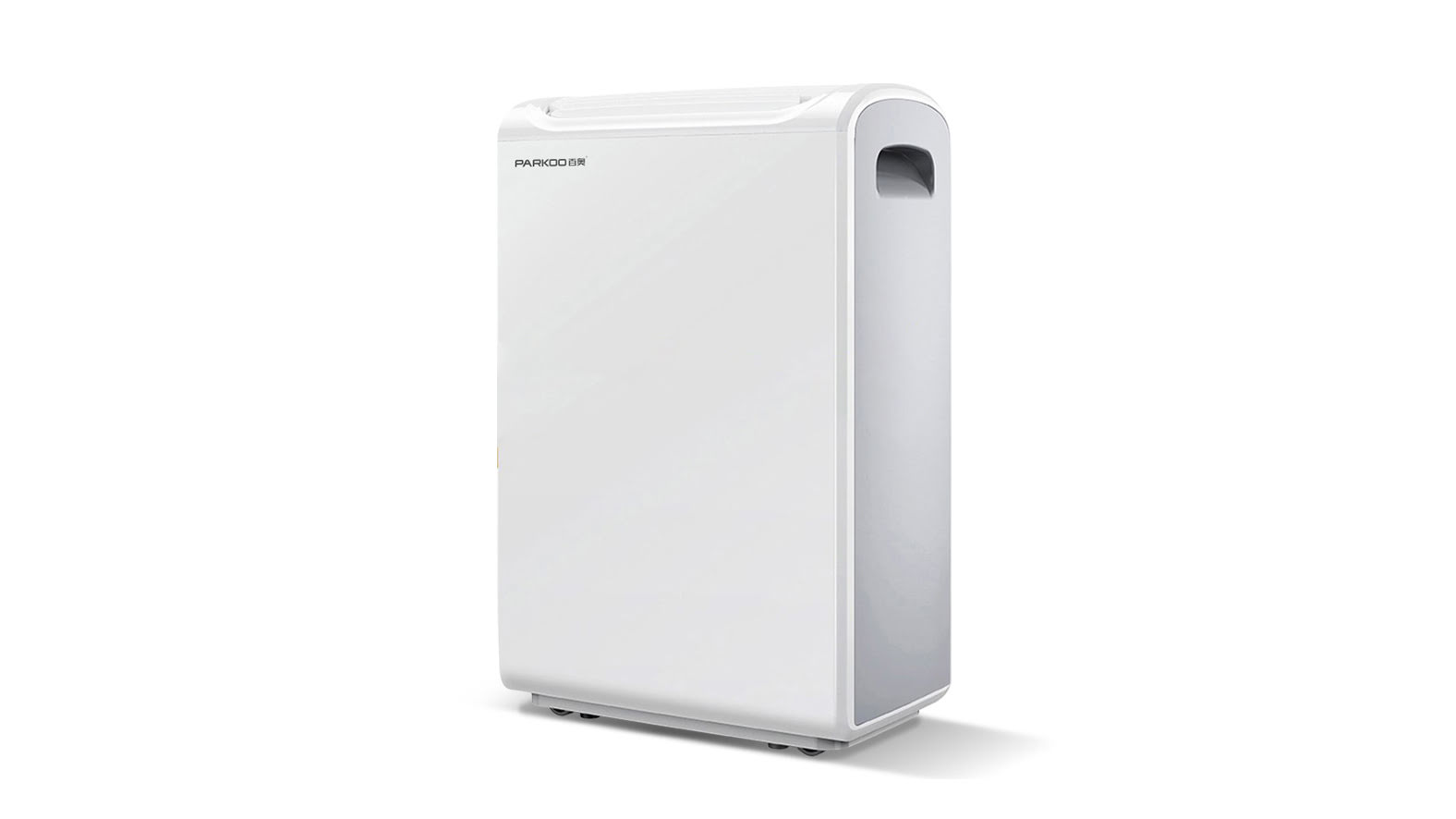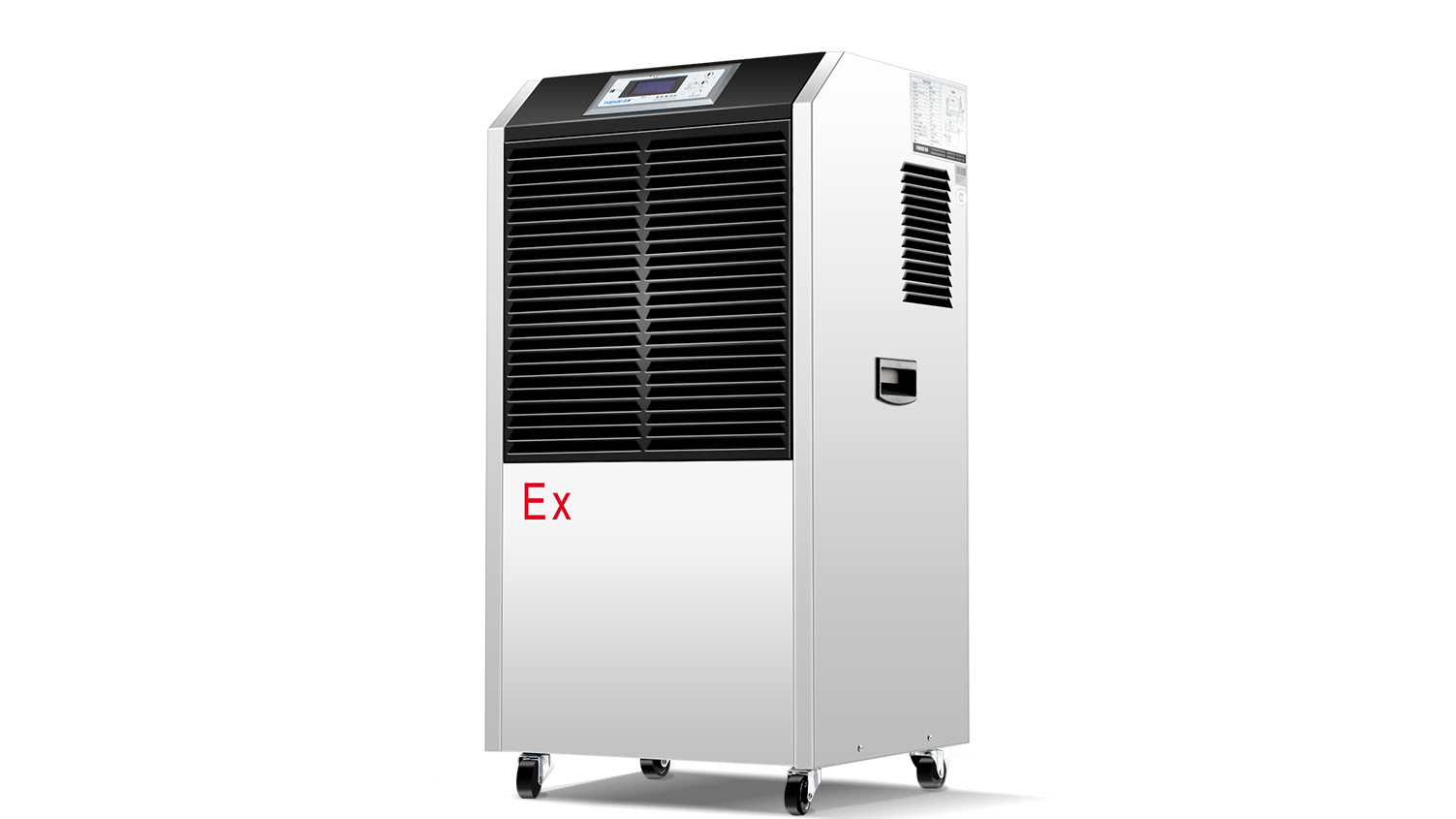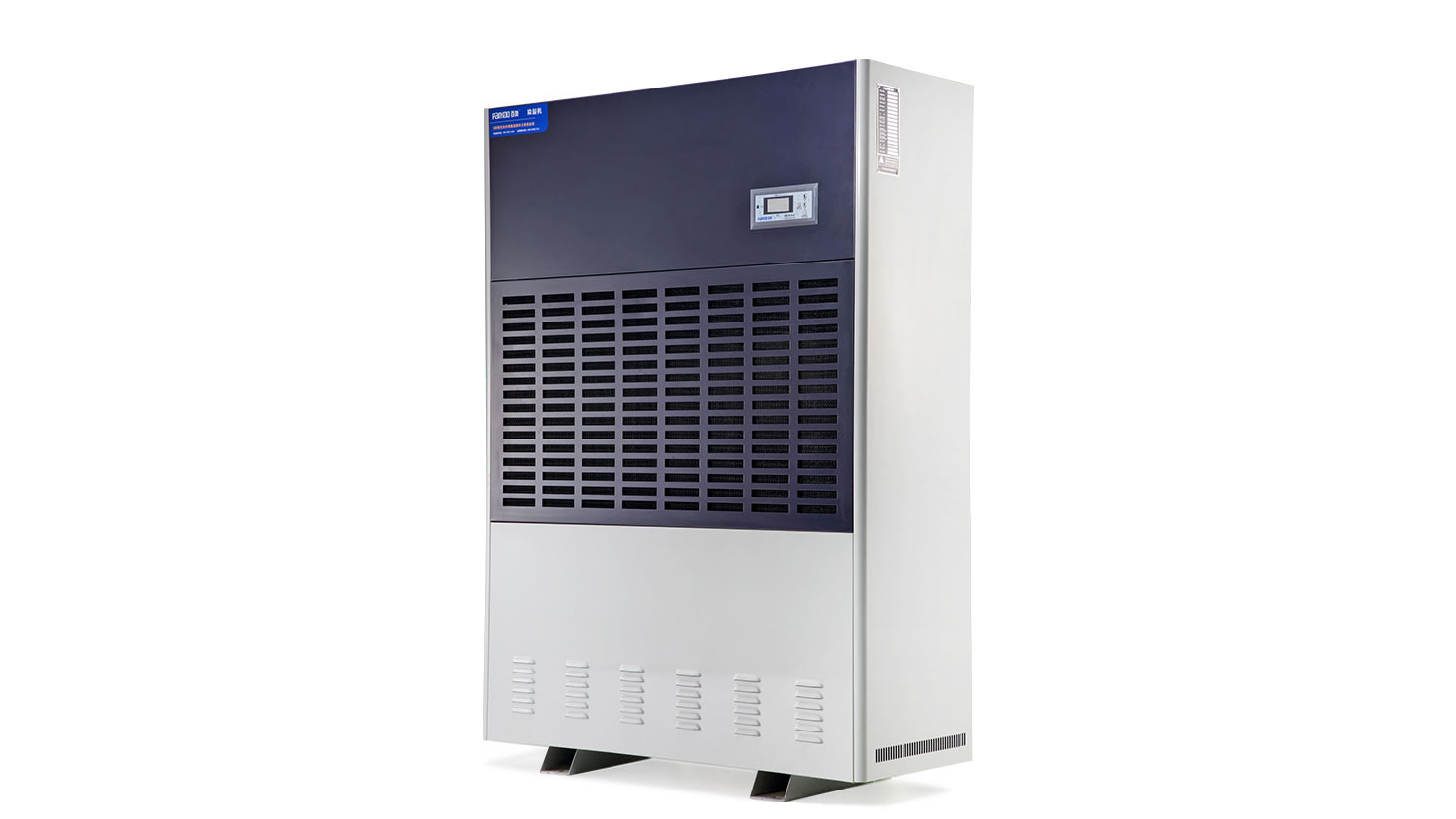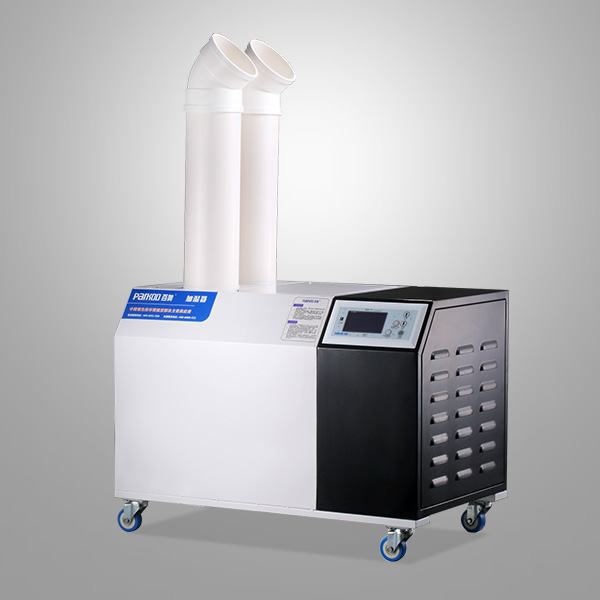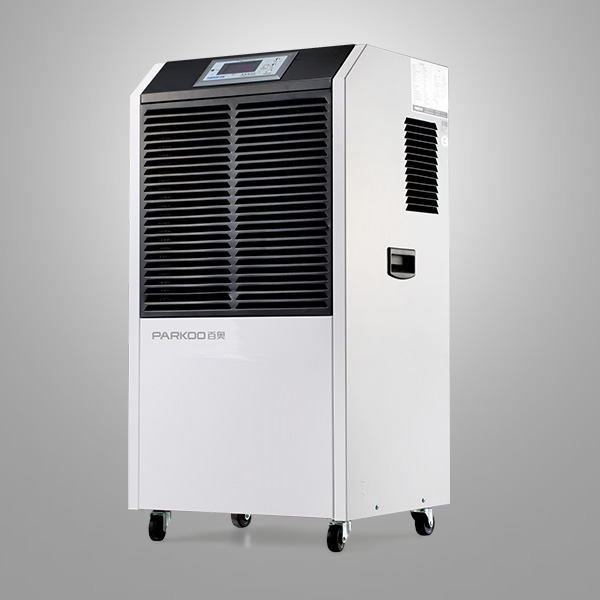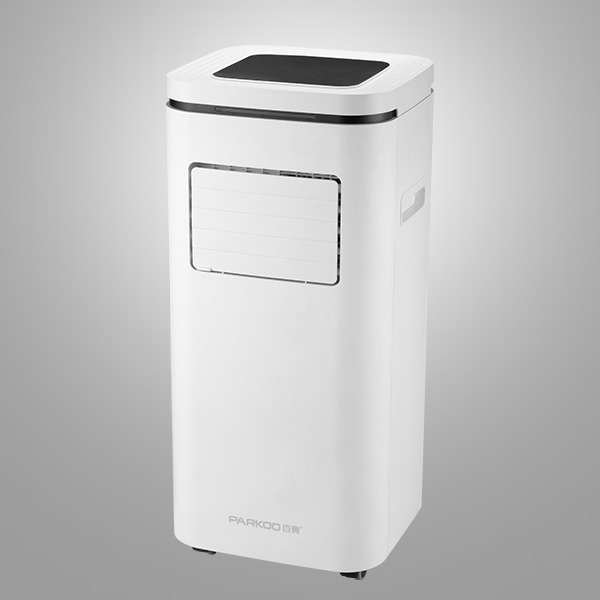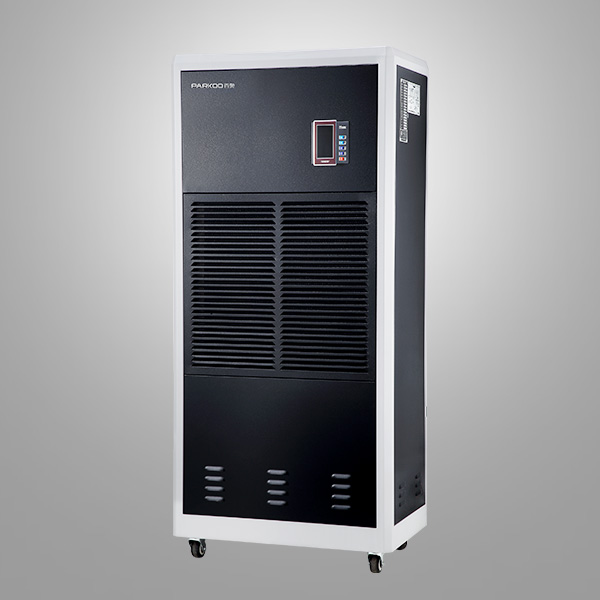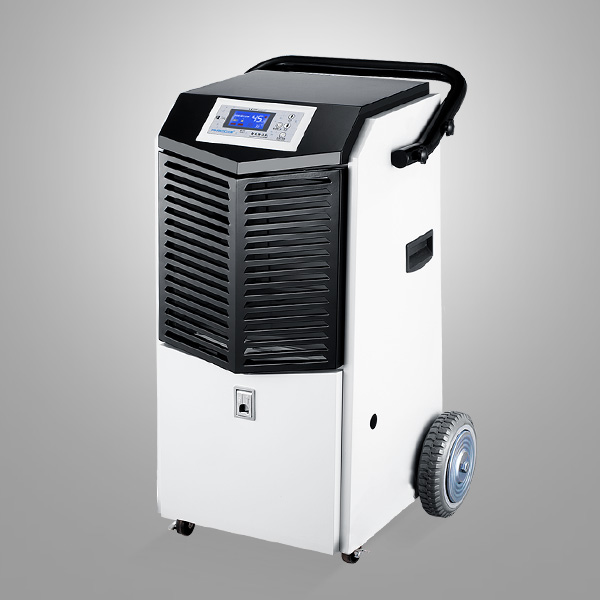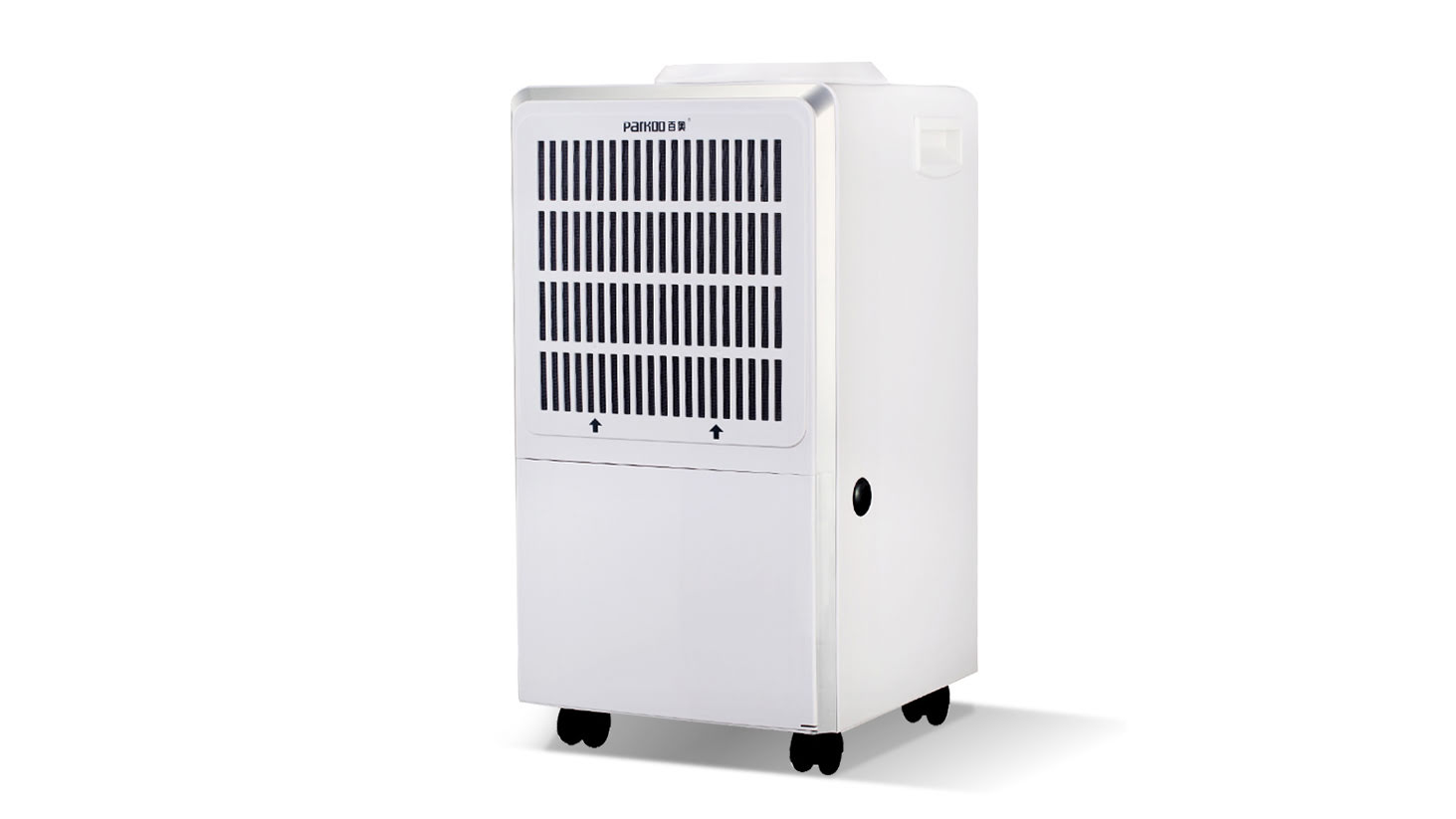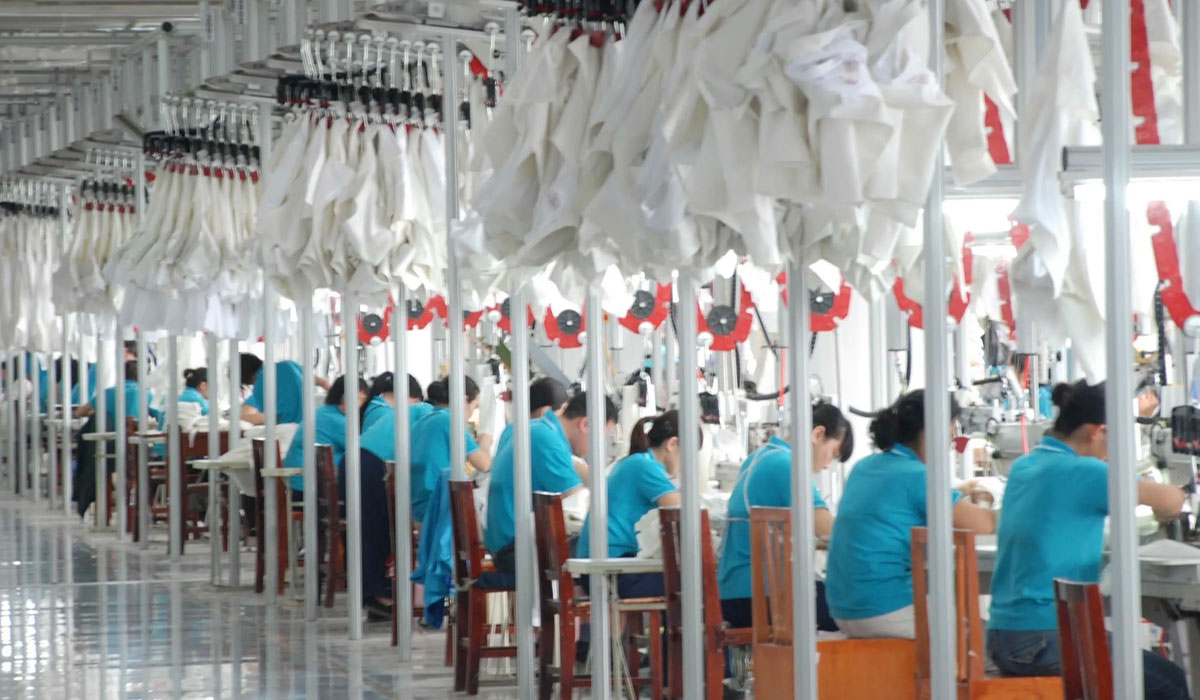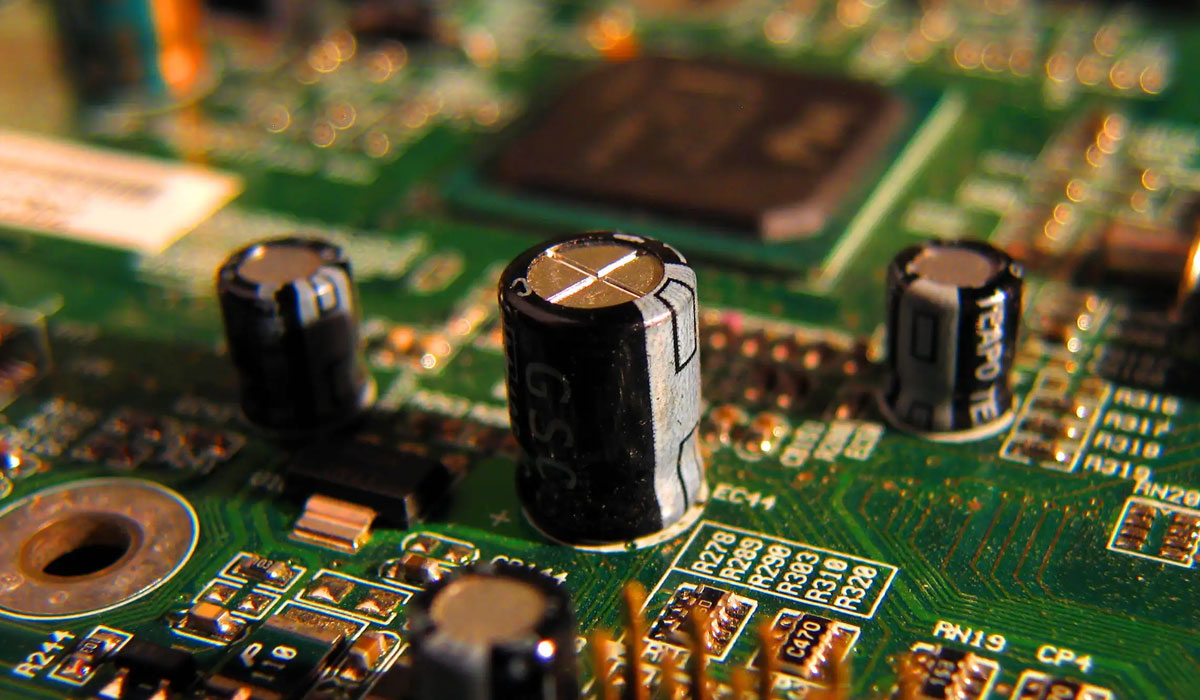Aeroponic cultivation is also called air cultivation, which is different from any other cultivation mode in that the root system is suspended in the aerosol environment. The elongation and growth of its roots are all completed in the air. We can also call it air root. This air root can also be formed in the high humidity environment of nature, but it is formed under environmental stress or high humidity air conditions.
The former is formed due to stress (such as flooding, disease, etc.) to improve the resistance to the environment, while the latter is formed due to the high humidity air environment to restore the differentiation of plant cortex or lenticular tissue, or the development of potential root primordia to create suitable conditions for the continued development.
It has the function of regulating its physiological balance and improving its resistance to stress. Therefore, the aerial roots formed in the air fog culture environment are completely a development change of ecological adaptability. In the air fog environment, the morphological development of roots has lost the restriction of soil resistance and the influence of changing environment, so that the root development can maintain the continuous extension and development in its original state. Therefore, the bearded white adventitious root system appears, This kind of root system is also called respiratory root, because it grows in the air and has sufficient oxygen environment, forming a high-intensity aerobic respiration capacity.
Aerosol cultivation root appreciation can provide more energy for root absorption due to its high intensity of aerobic respiration, greatly accelerating its absorption of water and mineral nutrients, which can generally increase 3-5 times. Therefore, under normal conditions, the growth rate of most plants is 3-5 times that of ordinary soil cultivation, That is to say, some perennial woody plants can achieve 3-5 years' growth in traditional soil cultivation in one year under aerosol environment.
In addition to the high intensity of respiration, absorption and metabolism of nutrients, the root system has a larger surface area than the ordinary root system. The root system cultivated in ordinary soil is mostly composed of multi-level roots, such as taproot, lateral root, fine root hair, etc. The surface area of the root system is not as large as that of the aerial root system. Therefore, the root system of air spray culture also has greater advantages in terms of the absorption area. These aerial roots can maximize the oxygen uptake. Cultivation in water or soil often leads to water and fertilizer shortage or hypoxia due to environmental constraints. The three factors of water, fertilizer and air can be optimized, which is the key to the rapid growth of aerosol cultivation.
It is also important to note that the root system configuration of air spray culture is all radial adventitious roots (also called fibrous roots). The root system absorbs nutrients directly and does not cultivate a single root in the soil. After the root system absorbs from the hairy root, it can reach the above ground branches and leaves through multi-stage transportation. The energy consumed during transportation increases, so this whisker shaped aerial root has a higher absorption efficiency, that is, it is a highly efficient root system, It can provide mineral nutrition and water for the growth of aboveground branches and leaves with the minimum energy consumption, the shortest distance and the fastest speed. All the above mentioned factors are the influencing factors of rapid growth of air cultured plants, and are also the theoretical basis of aerosols.
